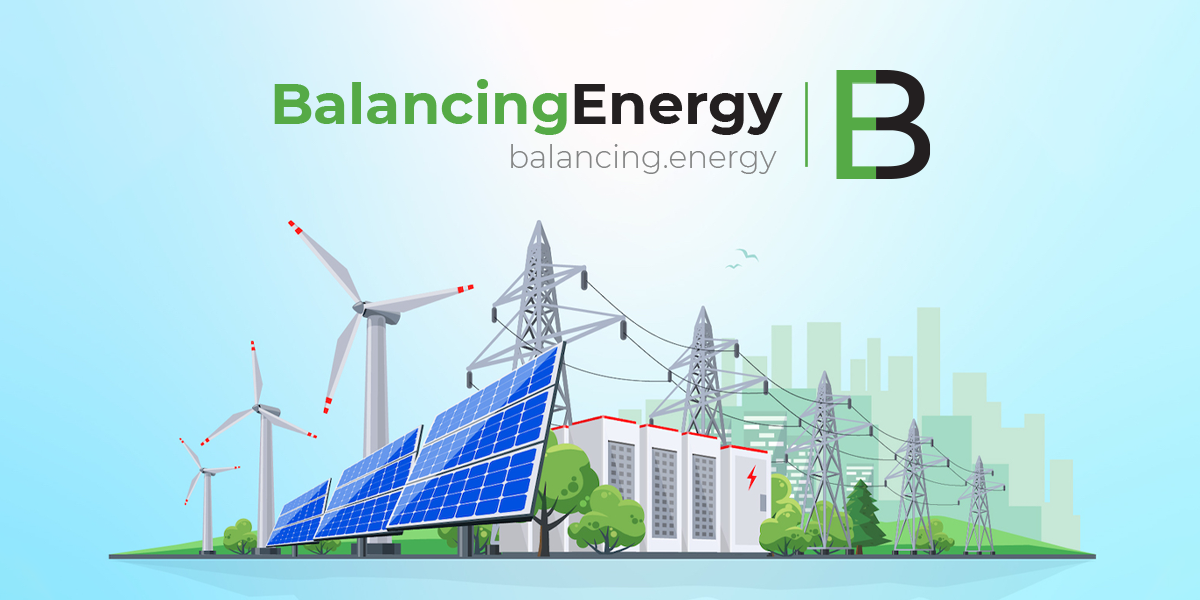Investments in solar power in Croatia are currently on the rise. Croatia has one of the highest amounts of solar radiation in Europe (amounting to 3.4 – 5.2 kWh/m2 per day), but one of the lowest photovoltaic capacities per capita.
The improvements in this area are visible as the development of solar projects has been at the forefront in 2023 with at least 230 MW of newly connected solar capacity, more than any other renewable energy source, resulting in having more than 460 MW of connected solar capacity as at 1 January 2024.
Considering that the Ministry has already issued energy approvals for projects of approx. 1.1 GW solar capacity, the numbers of connected capacity are expected to rise in the following years. In an optimistic scenario, Croatia aims to connect more than 2.5 GW of renewable electricity production by 2030. Currently, there are approx. 1,160 MW of installed wind capacity, 460 MW of solar capacity and 100 MW of biomass capacity connected to the grid.
The potential barrier is the question of grid infrastructure, which is not ready to utilise the anticipated wind and solar potential, especially considering that the majority of electricity from renewable sources is produced in the south of Croatia but used in the north, resulting in significant issues in transmission. Apart from the already announced investments into revitalisation, construction, digitalisation, and modernisation of the transmission grid, one of the potential solutions is also development of energy storage facilities.
Source: seenext.org










